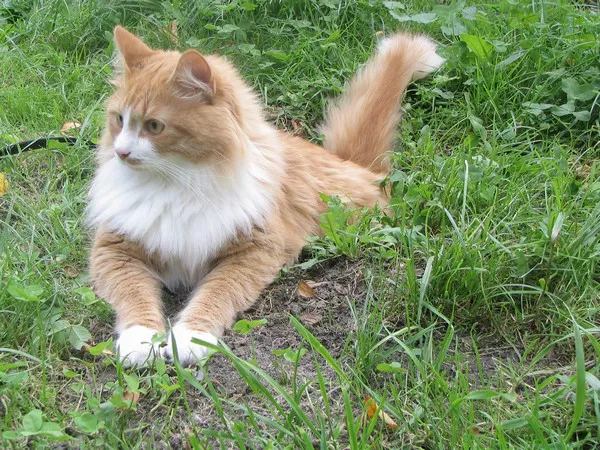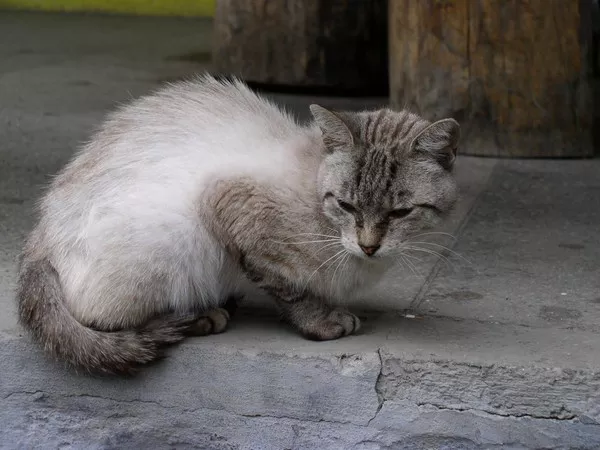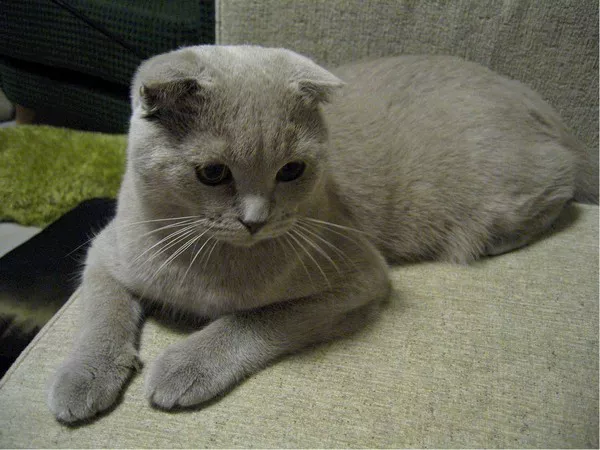In a tragic incident, an outbreak of highly pathogenic avian influenza A(H5N1) in South Korean cat shelters resulted in the deaths of 38 cats. The outbreak, which occurred in Seoul, has shed light on the potential risks of cross-species transmission of diseases, emphasizing the need for enhanced infectious disease surveillance and prevention measures in settings with susceptible animals. Researchers have urged better monitoring and control strategies to prevent future spillover events.
The infected cats were housed in two shelters, and the outbreak raised concerns about the transmission of avian influenza from poultry farms to domestic cats. The incident highlights the importance of addressing potential zoonotic risks in environments where animals, particularly those not covered by regulatory health standards, are kept in close contact.
Avian Influenza A(H5N1) and its Threat to Humans and Animals
Avian influenza, commonly known as bird flu, is a viral infection that naturally spreads among wild aquatic birds and can infect domestic poultry and various animal species. Highly pathogenic avian influenza, a subtype of the virus, can cause severe illness and high mortality rates in domestic poultry and wild birds. While rare, some variants, including H5N1, can cross species barriers and cause severe illnesses in mammals, including humans.
Between 2003 and 2023, the World Health Organization reported 882 cases of human infection with H5N1 bird flu in 23 countries, resulting in 461 fatalities. The outbreak among shelter cats in South Korea serves as a poignant reminder of the potential dangers posed by interspecies transmission.
Contamination of Cat Food and the Source of Infection
Investigations by South Korea’s Ministry of Agriculture, Food and Rural Affairs (MAFRA) revealed that the cats’ infection was linked to their food. Highly pathogenic avian influenza A(H5N1) virus was detected in cat food from one of the shelters, specifically in the Balanced Duck and Balanced Chicken products manufactured by Nature’s Raw in Gimpo, west of Seoul.
MAFRA officials attributed the contamination to the failure of Nature’s Raw to follow necessary sterilization steps since May 25, resulting from an equipment malfunction. As a response, authorities ordered the recall of all cat food batches at risk of harboring the virus. Although approximately 13,200 units had already been sold to 286 pet owners, no signs of infection were reported in their cats.
Potential Source of the Virus and Spillover Risks
While it is suggested that the virus may have entered the cat food stream during an outbreak on South Korean poultry farms, including duck farms, until April 2023, conclusive evidence has not been released by MAFRA. The authors of a Nature Communications paper highlighted the need for thorough investigations to ascertain the source of infection and prevent future outbreaks.
Notably, the outbreak among shelter cats was a rare occurrence. The concentration of cats in one place facilitated the discovery of the disease, as opposed to individual homes where an infected cat might be diagnosed with a more common ailment. The incident underscores the importance of vigilant monitoring and preventive measures in environments where animals are kept in close proximity.
Recommendations for Improved Surveillance and Prevention
In response to the South Korean outbreak, researchers proposed several measures to enhance surveillance and prevent cross-species viral transmission:
Systematic Recording in Pet Shelters:
Pet shelters should systematically record adverse animal health events at individual and group levels. This includes environmental factors and husbandry conditions during outbreak situations.
Staff Training and Reporting:
Shelter staff should be trained to report any unusual clinical signs or health trends among animals promptly. Clear reporting criteria need to be defined and communicated to ensure effective surveillance.
Restrictions on Feeding Practices:
Considering the potential for undercooked poultry to transmit avian influenza, there is a call for prohibiting or limiting the feeding of uncooked meat to animals in non-conventional production settings, such as pet shelters and fur farms.
Continued Discussions on Prevention Measures:
Ongoing discussions involving all relevant stakeholders are crucial to implementing measures aimed at preventing and controlling cross-species viral transmission. Engaging staff in non-traditional animal settings is particularly important due to their potentially lower awareness of the implications for animal and human health.
Conclusion:
The outbreak of highly pathogenic avian influenza A(H5N1) among shelter cats in South Korea serves as a poignant reminder of the potential risks associated with interspecies transmission of diseases. The incident highlights the need for improved surveillance, preventive measures, and collaborative efforts among stakeholders to ensure the health and well-being of both animals and humans in shared environments. As the scientific community continues to investigate and understand the dynamics of such outbreaks, implementing effective strategies is paramount to mitigating future spillover events.
























